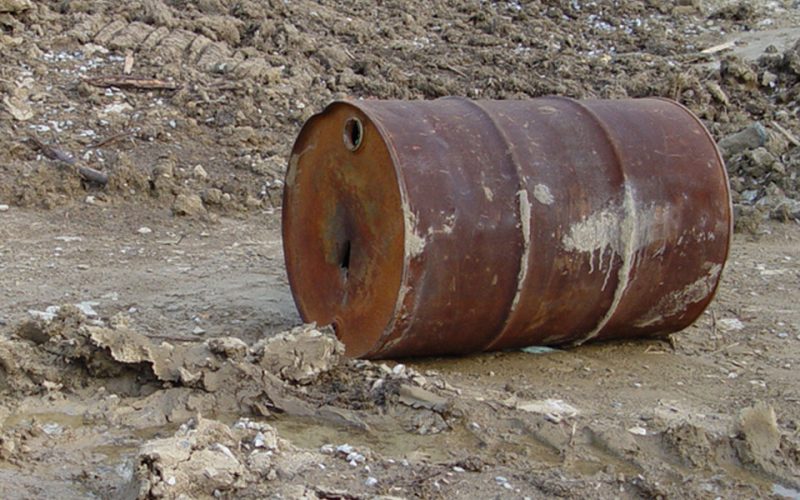Completion of a Phase I and Phase II Site Investigation to discharge the ‘contaminated land’ planning conditions and allow the redevelopment of the site from a former food factory to a residential development.
Purpose
Delta-Simons was instructed to complete a Phase I and Phase II Site Investigation to discharge the ‘contaminated land’ planning conditions and allow the redevelopment of the site from a former food factory to a residential development. The site investigation identified impacted soils within an extensive thickness of Made Ground at several locations on the site which needed to be addressed to the satisfaction of the regulators whilst ensuring the commercial feasibility of the site was maintained.
Outline / Scope of Works
We worked closely with Chestnut Homes and took advantage of the design information illustrating a neutral engineering cut and fill objective. We then went on to produce a risk assessment which demonstrated that all of the impacted soils encountered during the Phase II Site Investigation works were suitable for reuse on-site and did not pose an unacceptable risk to future site users.
Out team satisfied the regulators and confirmed that the site was fit for use under the terms of Part IIA of the Environment Act. Additionally, in line with CL:AIRE’s recent Development Industry Code of Practice, a Materials Management Plan (MMP) was produced to set out and track the handling of soils at the site preventing the material being classified as hazardous waste. This provided a defensible document to the regulators which demonstrated that the soils were both suitable for reuse and could be reused on the site as non-waste without the requirement for any further regulation.
Outcome
In demonstrating that the impacted soils were in fact suitable for reuse on-site through the development of an MMP, Chestnut Homes saved a significant amount of money by avoiding off-site disposal of soils to landfill which would have incurred haulage fees, landfill tax and site registration fees. This has also resulted in a secondary cost saving, as a requirement to import material has also been avoided.



























